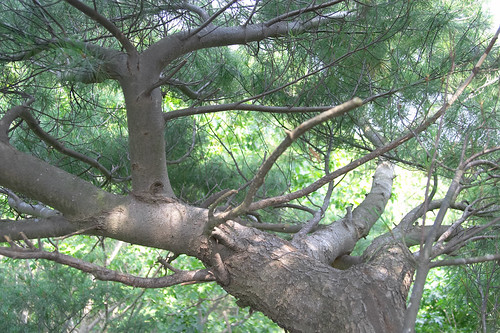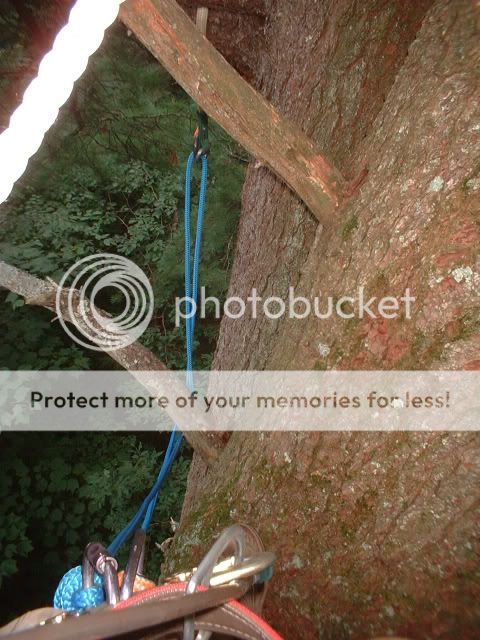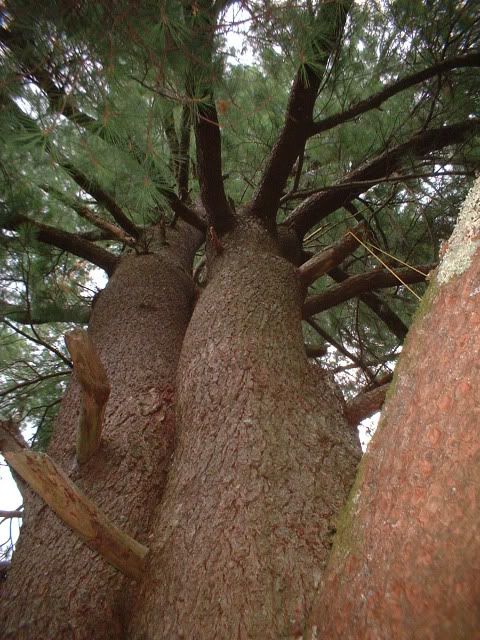Adkpk
Addicted to ArboristSite
Looking at climbing a giant white pine, the tallest in the forest. Now that I can get up the tree on a rope I want to do some exploring in the heights. How do you guys avoid sap? And what does one use as a tip on a spar? White pine branches aren't the strongest.








